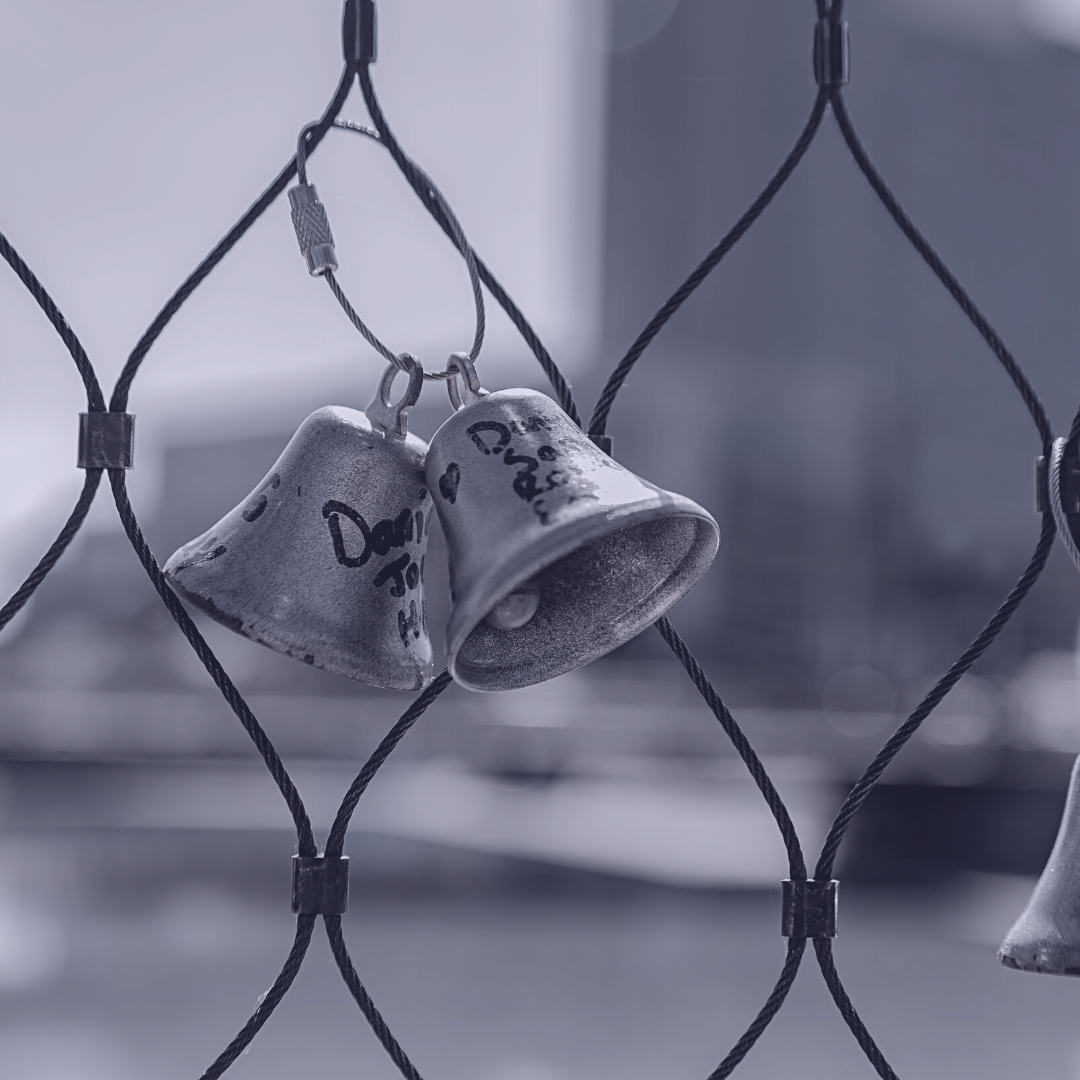“What if she was supported and he was supported?” Ending Gender-Based Violence Requires A Full-Picture Approach
After working many years in the violence against women sector, Stephanie Hill made a significant career change. She went from supporting survivors of gender-based violence to working with the abusers themselves.
“At first, I balked at the idea [of working with abusers],” said Hill. Likely, a lot of people would.
“But as I thought about it and about that idea of responsibility and accountability and the way that accountability and empowerment are so intertwined, [I realized that] we can’t really be empowered until we have accountability,” she said. It’s the relationship between accountability and empowerment that is key for Hill.
Of course, ensuring the woman being abused is safe is the number one priority in cases of intimate partner violence. “None of the consideration we give to men precludes women’s safety. But I think we’ve stopped short of holding men accountable and asking them to hold each other accountable,” said Hill.
The important part is what holding abusers accountable actually looks like. Historically, if abusers are held accountable at all, it’s often through punitive measures – charges, ostracism, blacklisting, etc. History shows how ineffective punishment is – abusers will go on to abuse for many reasons, one being that we haven’t addressed the root causes of that behaviour. We haven’t invited the abuser to self examine and to heal.
That healing is important, not only for the abuser, but for the people around them, too. This is especially important considering how many people often still have love for their abuser. So, what safety looks like is different for each individual, and sometimes, simply exiting the relationship isn’t it.
“We’ve known for so long that [some] women go back to those relationships and a lot of times they do go back, they go without support,” said Hill. They go back without support because often family and friends of a woman in an abusive relationship just want her to leave it, and if she chooses to return to it, then it’s on her. This approach doesn’t honour a person’s right to choose; it doesn’t honour their own feelings and can feel more like punishment than support. It can also alienate the person being abused, cutting them off from their support systems and putting them in even greater danger.
Instead of vilifying the abuser and blaming the abused person for jumping back into the abusive relationship, “What if they went back with support? What if she was supported and he was supported?” Hill asked.
“What we forget is that she loves him deeply. And that there is no person in the world who is all good and all bad.”
Violence, especially gender-based violence, is intrinsically linked to patriarchy. And as much as patriarchy benefits men, it harms them, too.
“We strip [men] of their humanity and their feelings and then ask why are they so violent?” Hill pointed out.
For many Indigenous communities – it is prophesied that, “it is women who will rise up and lead us back to where we need to be,” said Hill.
This leading back is important. Homophobia, classism, racism, patriarchy and misogyny all came here with the colonizers and they have wreaked havoc here as they have across the globe in countries that have been colonized. Leading back is a return to Indigenous understandings of community and each person’s responsibility within their communities.
Women’s responsibility of leading us back comes with empowerment: “I think that’s where we get mixed up sometimes… we focus so much on rights, but we forget about responsibilities,” she said.
“Like, water is a woman’s responsibility; healing is a woman’s responsibility, and we need to start coming back to that – what is my role in community and what are my responsibilities?”
“If we’re not looking at patriarchy, at systems, if we’re not looking at what are men experiencing right now, what are the kids experiencing, if we’re not looking at land, if we’re not looking at all of those pieces, then we’re not seeing the full picture because all of those things are very intertwined.”
The program Hill works in is court-mandated, following charges laid. But healing can and should be happening before the harm is done, she argues. If we practised looking at the full picture of existing as a part of the broader community, then we could build stronger, more self aware, more confident humans who don’t harm each other.
Hill’s whole picture approach to ending GBV is about finding healing through community, and also teaching people from a young age about consent, bodily autonomy and self acceptance, building that foundation that will produce compassionate and empathetic people who don’t do harm, or, when they do, know how to be accountable and hold each other accountable. It’s a tall order, but Hill is optimistic.
“I believe in prophecy,” she said. “I believe it’s our time – our time as women, as Indigenous people, that we’re going to rise up and things are going to be different.”
This analysis was heavily heteronormative. If you work in the realm of GBV and specifically within the LGBTQ2S+ realm, please reach out to us and we would love to do a follow-up piece.
Published in The Community Edition, Written by Roz Gunn

